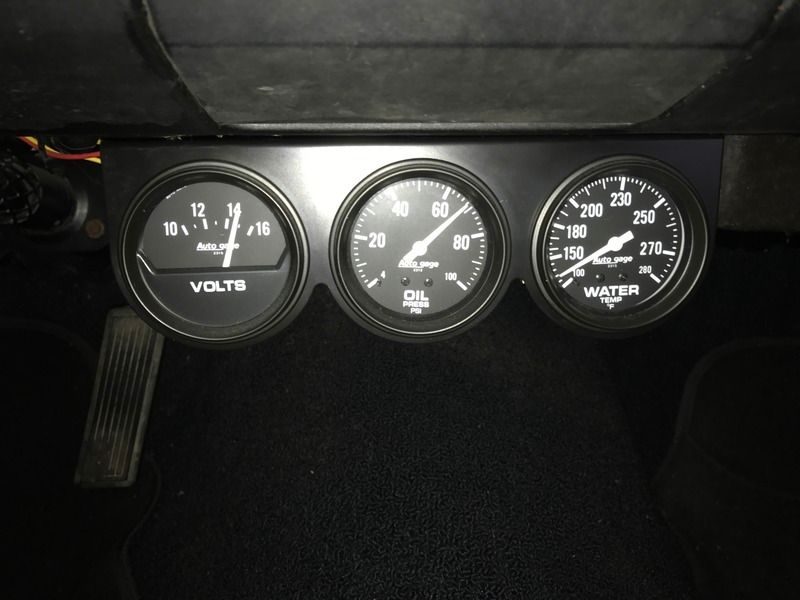I have a 67 Valiant small block with factory wiring. I have a sqaure back alternator (75 dart) with 2 fields
It sounds like you are keeping the 69/ earlier regulator?
1...Does not matter which field you ground
2...You most likely have a harness or grounding voltage drop. I've made hundreds of posts about this, there are different ways to check
A....Battery "hot" side. You are looking for voltage drop from the battery through the various parts of the harness/ connectors/ ignition switch and back out to the regulator BAT connection. ANY voltage drop here will ADD to the charging voltage.
One way to check this is to rig one terminal of your voltmeter to the regulator BAT terminal (IGN). Rig the other to battery positive, direct to the battery.
Run the engine fast enough to charge and read the meter. The lower the reading the better. More than a few tenths of one volt is too much, and indicates a bad connection in that path, and might be right in the ignition switch itself. You have to chase it down
B.."ground" side. Again with the engine running, and charging, stab one probe of your meter right into the mounting flange of the regulator, and the other probe into the top of the NEG battery post. You should read nearly zero volts, again the lower the better. More than 1 or 2 tenths of one volt, get busy and chase down the ground path
C....If the above tests are OK, try a different battery. "Known good" and "known charged."
D...If the above tests OK, then replace the regulator.





















